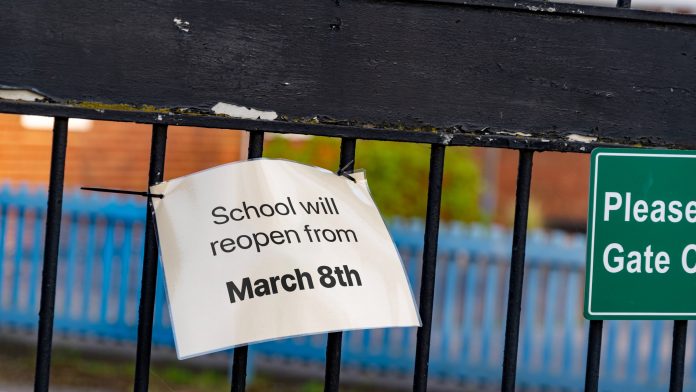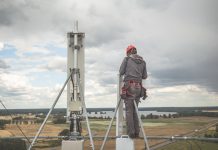Smarter Technologies examine how smart technology can assist facilities managers and headteachers in making school environments as safe as possible
With pupils set to go back to school on the 8th of March, there are a number of safety measures schools need to implement to ensure the health and wellness of staff, students and school communities.
The first lockdown and closure of schools brought on by the coronavirus pandemic fired a “warning shot” for education facilities managers, forcing headteachers to re-examine school safety standards. Now that a third lockdown is here and schools have been shut down for a second time, anyone behind the curve with the benefits of smart technology should get on board now before children return to the school environment. And with the ever-changing variants of the COVID-19 virus, schools can’t afford to be “late to class” when it comes to health and safety.
Some schools in the US have been using smart technologies for a while to measure utility consumption and efficiency, streamline maintenance and enhance general school safety. Now, these technologies are playing a significant role in keeping school buildings healthy and preventing the spread of disease.
So, let’s take a look at how smart technology can help schools to become safer, as well as more energy-efficient and cost-effective.
Thermal detection cameras
Smart cameras placed at entry points of a school can remove the manual task of temperature testing. These cameras provide medically-accurate, real-time temperatures of individuals in real-time. If a high temperature is detected, the software sends an instant alert to the relevant party. It can also be set to deny access to those with high temperatures or to people not wearing masks.
Safer water
As the coronavirus continues to sweep through the world’s population, healthcare providers should also be on heightened alert for Legionnaires’ disease, another potential cause of pneumonia with similar symptoms. Legionella are potentially deadly bacteria that can infect a school’s water supply and cause an outbreak of Legionnaire’s disease. It’s a school’s duty of care to prevent Legionella infection by monitoring the risk of the bacteria proliferating.
Particularly as schools reopen and previously stagnant plumbing and cooling systems return to use, additional Legionella cases could rear their ugly head to emergency departments in the coming months. Traces of Legionella were recently found at a Worcestershire school. The school was forced to remain shut while treatment and testing took place.
The Health and Safety Executive advises: “If your building was closed or has reduced occupancy during the coronavirus (COVID-19) outbreak, water system stagnation can occur due to lack of use, increasing the risks of Legionnaires’ disease… If the water system is still used regularly, maintain the appropriate measures to prevent legionella growth.”
Typically, managing the risk of Legionella includes running all outlets for two minutes, taking and recording the temperature of the water to ensure that it’s not conducive to Legionella growth. This is a time-consuming process, which is why schools are looking to automated water temperature monitoring systems. This smart system with automated flushing and temperature testing reports and records water temperature data in real time. Instant alerts will notify relevant staff if water temperatures fall within “Legionella-friendly” parameters.
Cleaner air
Advisers say that improving air filtration and ventilation in schools can help mitigate the potential airborne transmission of COVID-19. Strategies include:
- Increasing outdoor air ventilation
- Filtering indoor air
- Using portable air cleaners with HEPA filters
Smart building technologies such as advanced HVAC controls can help facilities managers promote cleaner air with less hassle. For example, smart HVAC systems use sensors to remotely monitor and control variables such as:
- Humidity
- Temperature
- Indoor air quality
- The level of carbon dioxide and other pollutants
- This technology is also energy-efficient and cost-effective.
While these solutions may be key to the reopening of schools in the era of COVID-19, they also bring long-term benefits. Although COVID-19 may have accelerated the adoption of smart technology, many of these solutions are focused on health, wellness and security in general; which have been needed in school systems for a long time.











